Mehta plays musical chairs with Schubert and the Vienna Philharmonic
mainFor this weekend’s performance of Schubert’s Great C major symphony, Zubin Mehta decided to rearrange the seating of the Vienna Philharmonic.
Flutes, oboes, clarinets and bassoons were brought forward to sit around the concertmaster’s seat, at the conductor’s left hand, to accentuate their prominence in the work.
Apparently, it sounded terrific.
Anyone else tried this?
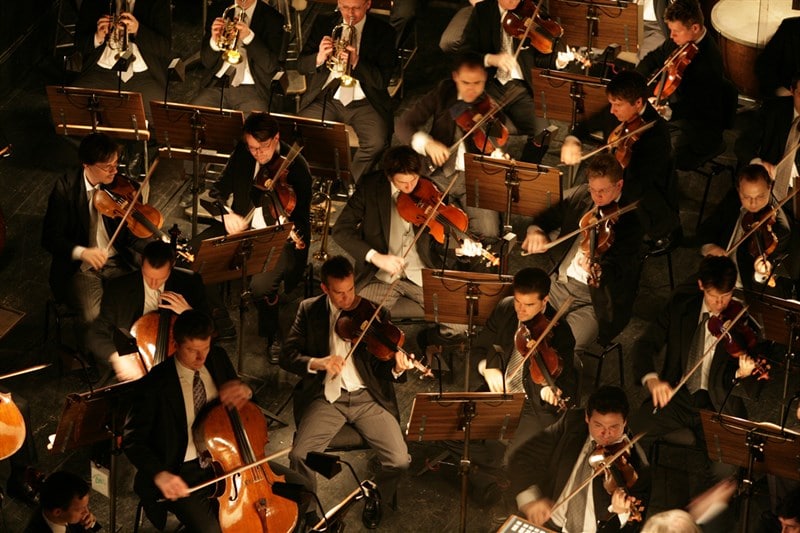

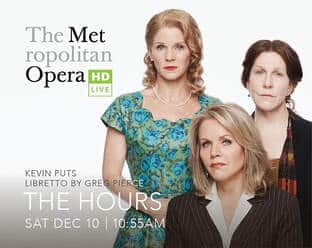
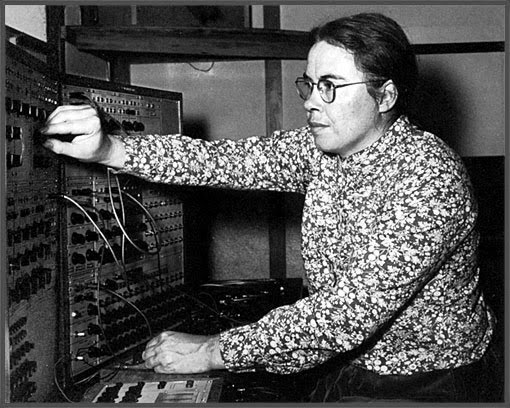
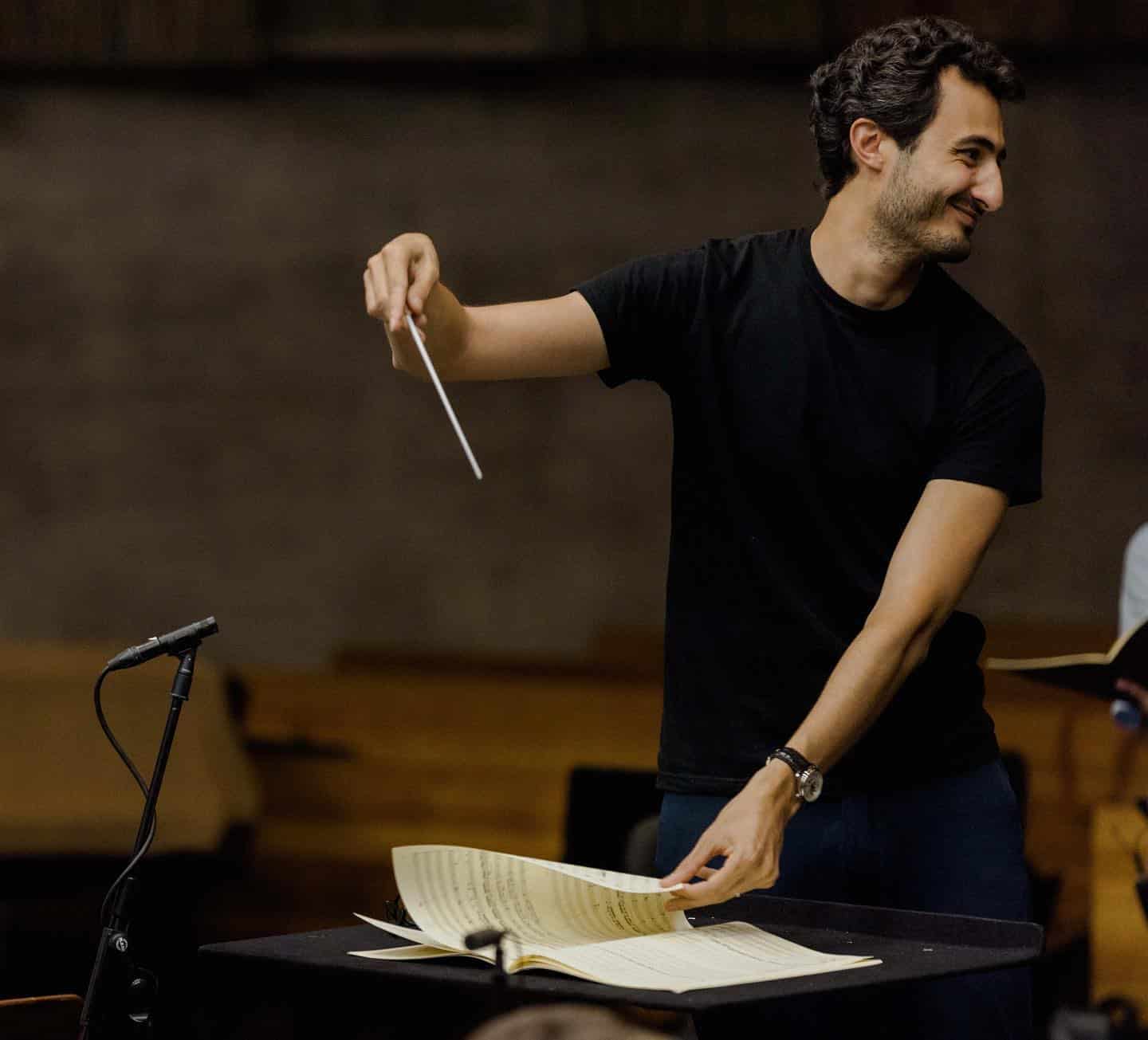
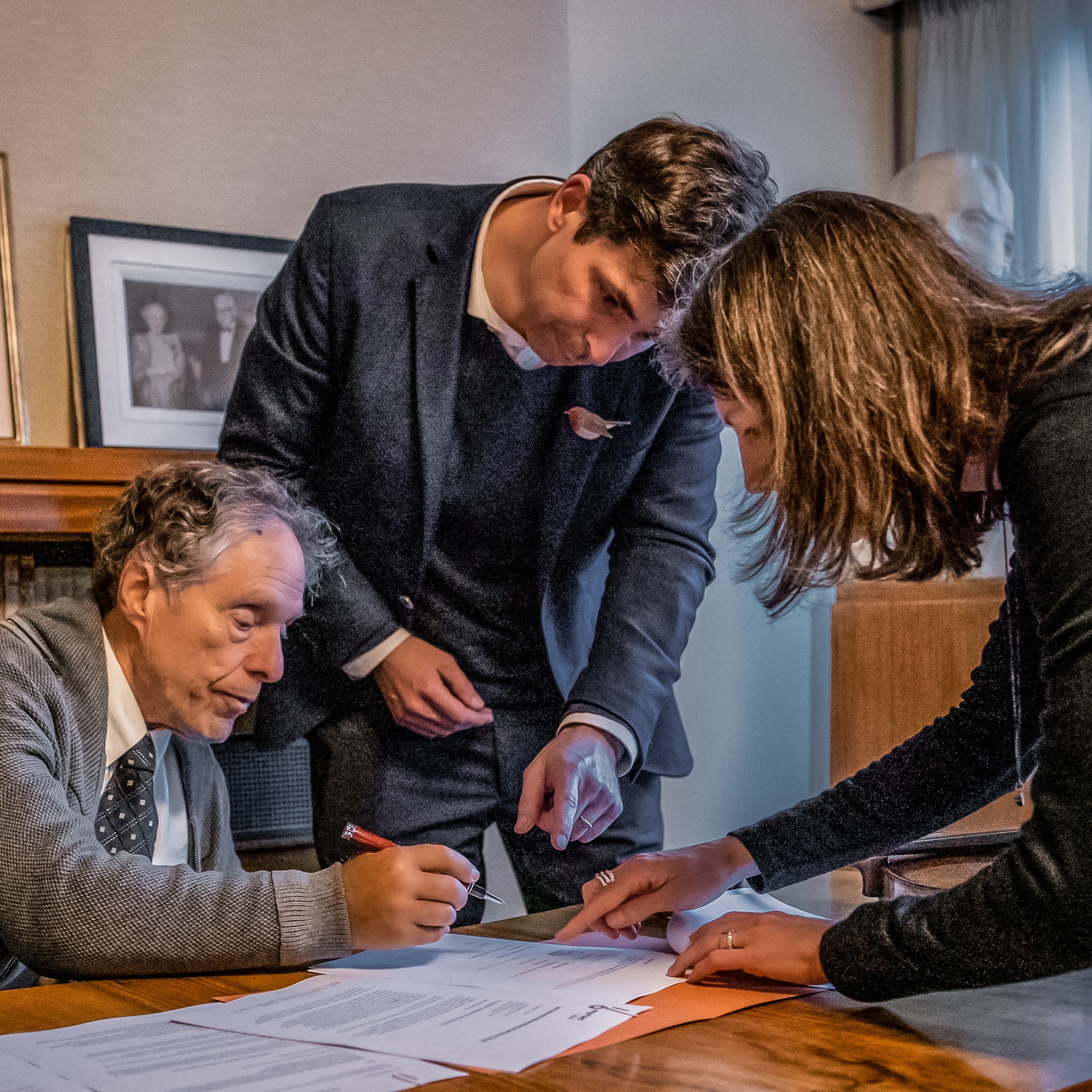
I’ve seen Ivan Fischer do this with a Beethoven piano concerto (can’t remember which one)
I noticed a similar or identical seating in a concert with Ivan Fischer and the Budapest Festival Orchestra in the same work at a concert in Purchase, NY, in the fall of 2011. Wonderful performance. I believe they played the same work in Manhattan and other cities during that tour.
Question to orchestral musicians: can that kind of rearranging of seats interfere with musicians’ ability to hear each other properly?
Hearing each other in an orchestra depends not on the seating, but of willing and readiness to listen to each other.
Absolutely true!
No it isn’t. It depends on all those things and more: willing, readiness, ability, but also on the seating and acoustics.
I would say, especially the acoustics.
Mostly true. Of course a musician won’t hear anything if he won’t listen. But onstage acoustics also play a role. In the case of my orchestra’s old hall, there were not only audibility issues but also timing issues. Using my ears to coordinate with the first violins (I’m a flute player), I was invariably behind when my ears told me I was correct. Once I found out about this, I started coordinating using my eyes. Even in our new hall, I have trouble hearing certain other sections, basses for example (and good luck hearing anything when the trombones are playing 😛 ).
In my experience, this is true. If the acoustics are difficult, or merely different, a group of musicians trained to listen and respond to each others’ visual cues will make it work. This can happen independently of the conductor’s contribution, and it often does.
Of course, a group of truly fine musicians will make it work somehow — but not as well as they can make it work in a better acoustical situation which includes seating arrangement (which by the way can improve or hinder the effectiveness of visual cues) and the acoustical properties of the stage area.
Yes – Fischer and the BFO did this in Beethoven piano no. 1 on their tour a few years ago with Imogen Cooper. In Manchester at least the woodwind principals were arranged around Fischer at the front of the strings
Woodwinds did not sit around the concertmaster, but directly in front of and around the conductor, with all the strings (concertmaster included) behind them.
“Da saßen plötzlich die Flöten am Konzertmeisterpult […] wenn Flöten, Oboen, Klarinetten und Fagotte den Dirigenten quasi umringen – und die Streicher erst hinter ihnen Platz nehmen.”
http://www.stokowski.org/images/Stokowski_AOM_1939.jpg
A certain Stokowski went even further with the Philadelphia Orchestra. I heard him conduct a program in the early 1960s with this configuration in the Academy of Music (shown in the photo. On the program was his orchestration of Tableau d’une exposition.
PS: The photo itself is from c.1939.
Extraordinary….. Stokowski also experimented with entirely free bowing for all the strings, every player according to his own feeling. It apparently looked odd, but sounded great.
Thank God it is not common practice, because I would have been out of a job several times in my youth!
The arrangement which obtains the best sound for a piece is important, if not paramount, in performance. Orchestral players need to listen AND they need to know whatever other factors might impinge on their playing accurately and musically.
Here’s a brief video from Digital Concert Hall of Fischer putting the woodwinds in the front for a performance of Schubert’s Fifth: https://www.youtube.com/watch?v=6yVSSK46UqY
Interesting…. but it looks as if the string group is reduced here, which means that the different seating is not necessary. Schubert / Mozart require chamber orchestra size and then the small nr of winds will be in balance anyway.
Same seating arrangement with the Israel Philharmonic when Mehta conducted the same piece a few years ago in NJPAC, USA. Those woodwind players were first stands surrounding the conductor, with strings behind them.
Certainly helped to offset NJPAC’s pathetic acoustics.
I would be very concerned about a player in an orchestra who used their ears rather than watch the conductor. They are bound to be behind. Certainly as a British player I was taught to keep my eyes glued to the conductor – and, of course, use my ears too!
Bringing the winds up to the front is a great idea for some of the Beethoven piano concertos as there is so much piano and wind writing simliar to the Quintet for Piano and Winds .
Sometimes we need to rely more on our ears, other times mainly on our eyes. Ignoring one or the other is a sure way to ruin the ensemble. That is one of the most difficult challenges of being a fine orchestral player — to always know which sense to trust most at every musical moment.
It seems that most comments regarding listening, hearing and watching come from people who must be playing in the most pristine orchestras in the world. Mehta is a joy to watch and get cues from. He communicates with you and the orchestra and he’s an exception. However, with other conductors, it is more feasible to not watch but listen. In some cases, it’s a matter of survival. You look up, you get lost. If you follow the conductor, you will be ahead of the beat. The question was once asked during a rehearsal. “Maestro, do you want me to follow you or the orchestra?”
Fully agree with you about Zubin: he is one of the clearest conductors I have ever seen and/or worked with. However, even with those maestros that are harder to follow, there are sometimes certain strategic moments in music when it is absolutely necessary to look and rely more on their beats rather than on listening to others, because for example distance is often an important factor and there may be other considerations, including acoustics, as well.
LOL Roscoe. I’m sure we are all familiar with the acronym LUFU*, or we should be.
*(for “Look Up, F*** Up”)